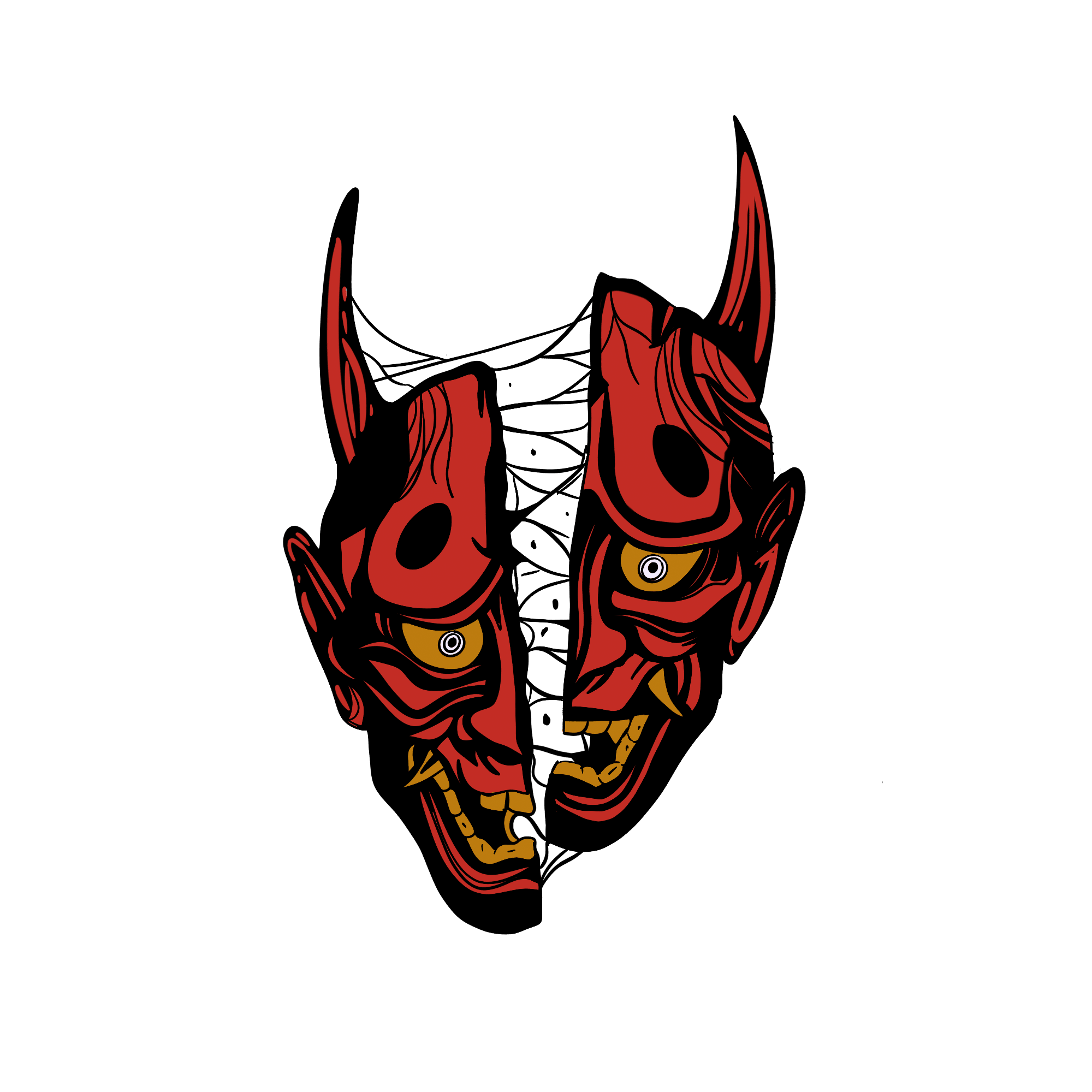AndrealphusGrand Marquis


The demonology domain is widely known for its charismatic and multifaceted entities, which have woven themselves into the tapestry of diverse cultures and religious contexts. One such enigmatic figure is Andrealphus, a demonic marquis of particular repute for his transformative appearances and specialized knowledge. Explored through various grimories and occult texts, Andrealphus presents himself as an embodiment of both beauty, with his peacock form, and formidable intellect in the arcane arts of geometry, measurement, and astronomy.
Andrealphus primarily marks his presence with a magnificent and eye-catching peacock manifestation. In many cultural and spiritual systems, the peacock is synonymous with beauty, vitality, and regality. However, within the demonological context, Andrealphus's peacock form is both a spectacle of dazzling aesthetic and a herald of the arcane and dark knowledge he possesses. Accompanied by a great and disconcerting noise—often described as loud and perplexing—his appearance is nothing short of theatrical, ensuring those who invoke him are both astonished and intimidated.
Following his initial entrance, Andrealphus typically adopts a human shape, showcasing his transformative abilities and aptitude to connect with the human invokers on a more relatable level. The act of transformation from a creature of blatant supernatural and remarkable bearing to a human form illustrates a sense of dualism found in many demonic entities—a balance between the unearthly and the earthly, the inscrutable and the understandable. This dualistic nature further enfolds in his capabilities to transform others into avian forms, indicative of a theme where transformation is symbolic of attaining different perspectives, freedoms, and limitations.
While his transformative abilities are pivotal, Andrealphus’s reputation as a mentor in geometry, measurement, and astronomy has gained him renowned acknowledgment in occult circles. His expertise extends to every minutiae of measurement and cosmic understanding, providing his conjurers with deep insights into the universe's mathematical and astronomical secrets. The demon does not merely instruct in the mundane aspects but reveals the mystical and hidden sides of these sciences, often intertwining the material and the metaphysical.
The art of geometry and astronomy, especially within the realm of the occult, serves not only as a scientific endeavor but also as a pathway towards understanding the secrets of the universe, both physical and metaphysical. The very nature of exploring cosmic bodies and understanding the spatial dimensions of our universe invokes a sense of uncovering the mysteries that bind reality and the beyond.
Andrealphus not only metamorphoses himself but also grants the capacity to turn men into birds, thus offering a divergent form of existence and perspective. The ability to transform into a bird, a creature that soars high above terrestrial limitations, symbolizes freedom, escape, and a different viewpoint towards earthly matters. Yet, it also comes with its own set of limitations and vulnerabilities. This transformative aspect of Andrealphus speaks to the intricate relationship between power, freedom, and the consequential trade-offs that come with them.
Andrealphus, with his spectacular display and profound knowledge, emerges as a complex figure in demonology. He embodies a multitude of symbolic and practical meanings, reflecting themes of beauty, transformation, knowledge, and the constant flux between power and limitation. His teachings and the transformative experiences he offers invite reflections on our understanding of the visible and invisible world, and how the pursuit of knowledge and altered perspectives can be both liberating and constraining in their own rights. This marquis of the infernal realms, through his dualistic nature, beautiful yet potentially menacing, elevates our understanding of the dynamic between the scientific and the supernatural, challenging us to navigate the intricate tapestry of moral, existential, and epistemological queries therein.
Demons



